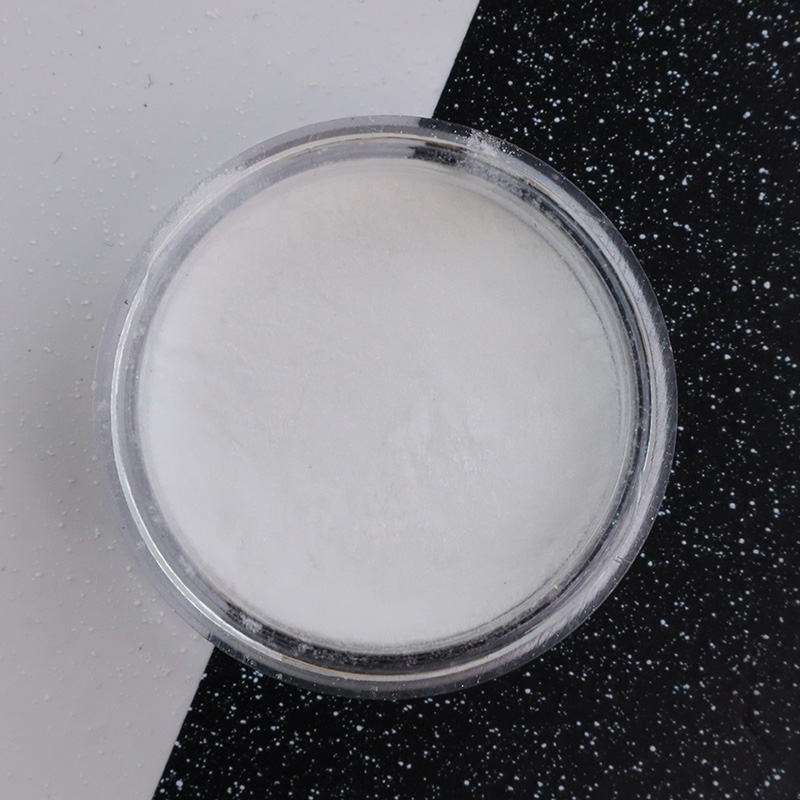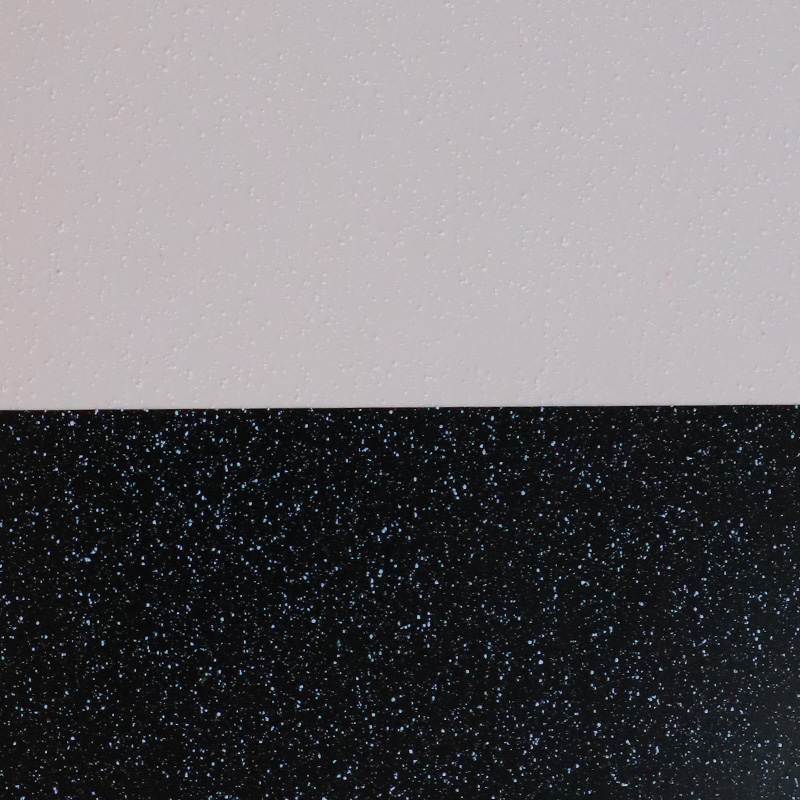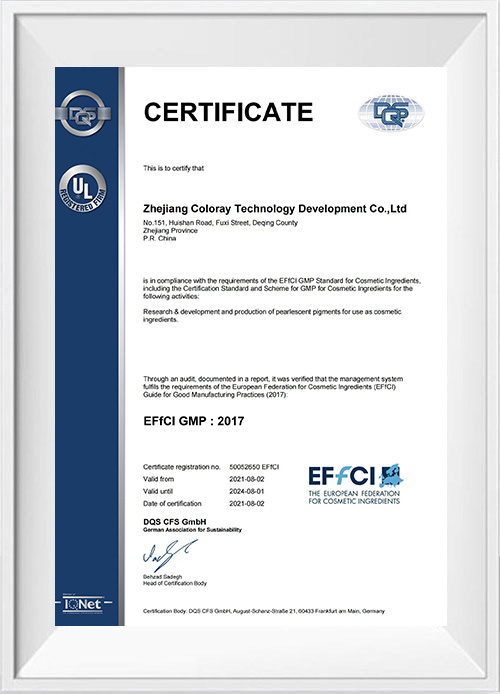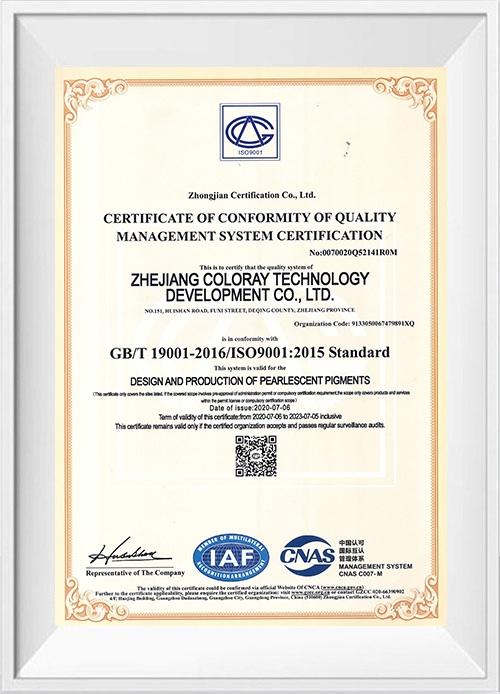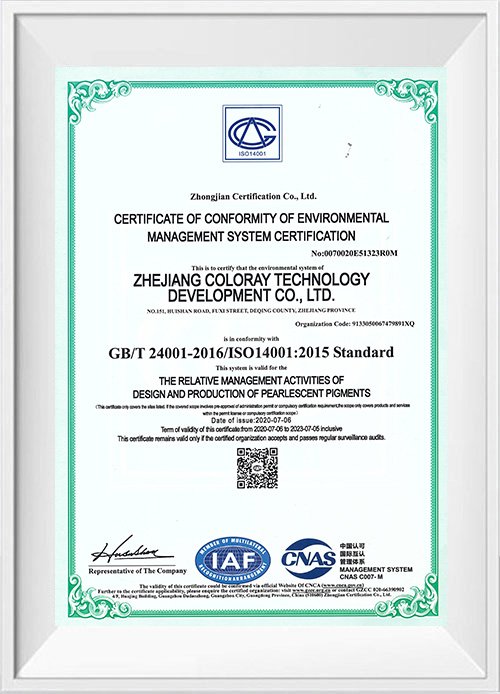What should be done if the coating of surface-treated pearlescent pigments peels off or peels off during application?
Peeling off or peeling off of the coating of surface-treated pearlescent pigments may affect the performance and appearance of the product and requires appropriate measures to deal with it. The following are general methods for dealing with coating peeling or peeling:
The specific cause of the coating peeling or peeling needs to be carefully evaluated. Possible reasons include:
Inadequate surface pretreatment: Inadequate coating adhesion may be due to the substrate surface not being properly cleaned, polished or activated.
Unsuitable coating material: The selected coating material may be incompatible with the substrate or not durable in a specific environment.
Process control issues: During the coating application process, such as uneven coating thickness and insufficient curing.
Stress or environmental impact: Coatings are prone to peeling or peeling off under high stress or harsh environmental conditions.
Once the cause of the peeling is determined, the following methods can be considered to repair the coating:
Recoating: For localized peeling, the coating can be reapplied. Make sure to perform appropriate surface preparation first to enhance the adhesion of the new coating to the substrate.
Repairing the coating edge: If only the edge of the coating is partially peeled off, the edge can be repaired or re-bonded to prevent further peeling.
Enhance coating curing: Ensure that the coating is fully cured, which may require adjusting the curing time, temperature or using a more suitable curing agent.
To avoid future coating peeling problems, the following improvements can be considered:
Select suitable coating materials: Select coating materials with good adhesion and durability, such as silicone coating or alumina coating, according to the specific application environment and substrate type.
Optimize coating process: Ensure that each step in the coating construction process is well controlled, the coating is uniform and fully cured to ensure the stability and performance of the coating.
To prevent the recurrence of coating peeling or peeling problems, the following preventive measures can be taken:
Strictly control the construction environment: Avoid coating construction in dusty, high humidity or unstable temperature environments.
Enhance quality control: Establish a strict quality control process and conduct detailed inspection and testing of each batch of coating materials and coating products.
Regular inspection and maintenance: Regularly check the status of the coating products and perform maintenance or repairs in a timely manner to extend the service life of the coating.
What are the common surface treatment methods for pearlescent pigments?
Surface treatment of pearlescent pigments usually changes its surface properties through different methods to improve its performance and applicability in various applications. The following are some common surface treatment methods:
Silicone coating. Silicone coating is a common surface treatment method that forms a protective layer by coating silicone on the surface of pearlescent pigments. Silicone has good weather resistance, chemical stability and wear resistance, and can effectively protect pearlescent pigments from the influence of the external environment.
Metal oxide coating. Metal oxide coatings, such as aluminum oxide, iron oxide, etc., can be coated on the surface of pearlescent pigments by chemical deposition or physical deposition. These coatings not only increase the weather resistance and chemical resistance of the pigments, but also adjust the color effect and optical properties.
Silicone coating. Silicone coating is usually a coating of organic silicon compounds on the surface of pearlescent pigments to provide good weather resistance and chemical stability. Silicone coating can improve the dispersion and fluidity of pigments and is suitable for various coatings and inks.
Sulfide coating. Sulfide coating is a surface treatment method that provides weather resistance and optical properties. Commonly used sulfides include zinc sulfide, copper sulfide, etc. These coatings can adjust the color and enhance the stability of the pigment.
Polymer coating. Polymer coating improves the weather resistance, chemical resistance and mechanical properties of the pigment by coating it with polymer materials such as polyurethane, acrylic resin, etc. Polymer coating is often used in applications that require high wear and fold resistance.
Vitrification. Vitrification is the process of coating the surface of the pigment with a layer of glass material and forming a strong surface coating through high temperature treatment. Vitrification provides extremely high wear resistance and chemical stability and is suitable for applications under extreme environmental conditions.
Titanium dioxide coating. Titanium dioxide coating is the coating of titanium dioxide nanoparticles on the surface of pearlescent pigments to enhance their color effects and optical properties. Titanium dioxide coating has excellent hiding power and light stability and is often used in high-end coatings and inks.
Other surface treatments. In addition to the common surface treatment methods mentioned above, there are many other special surface treatment technologies, such as nano-coating, ion beam irradiation, etc., which can further improve the characteristics and application performance of the pigment.

